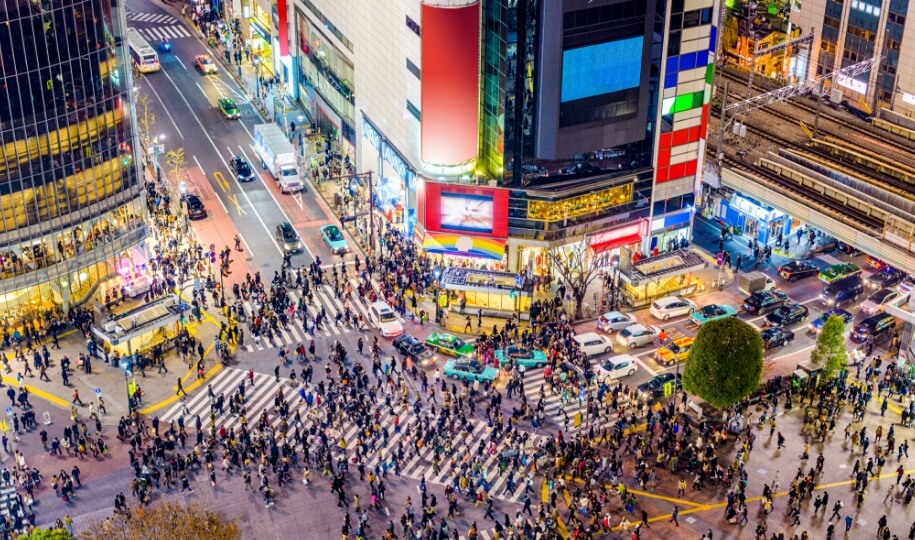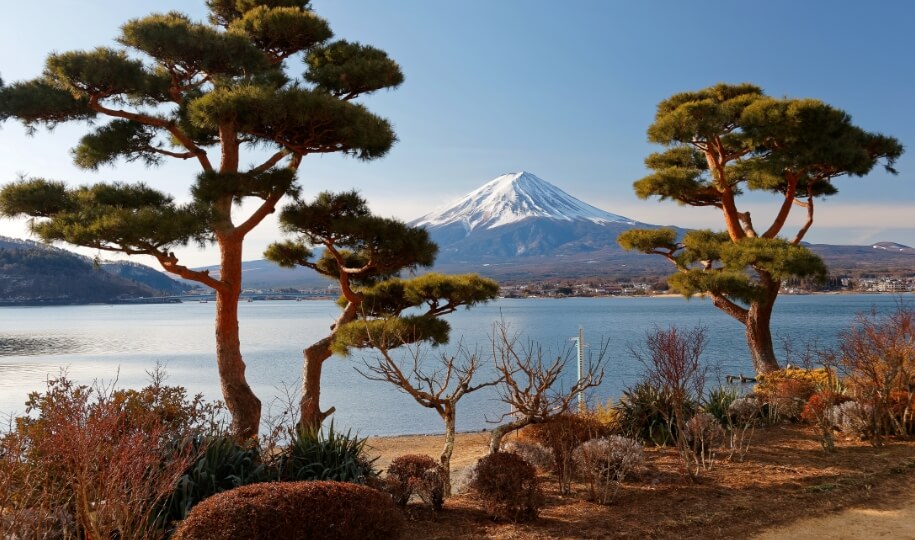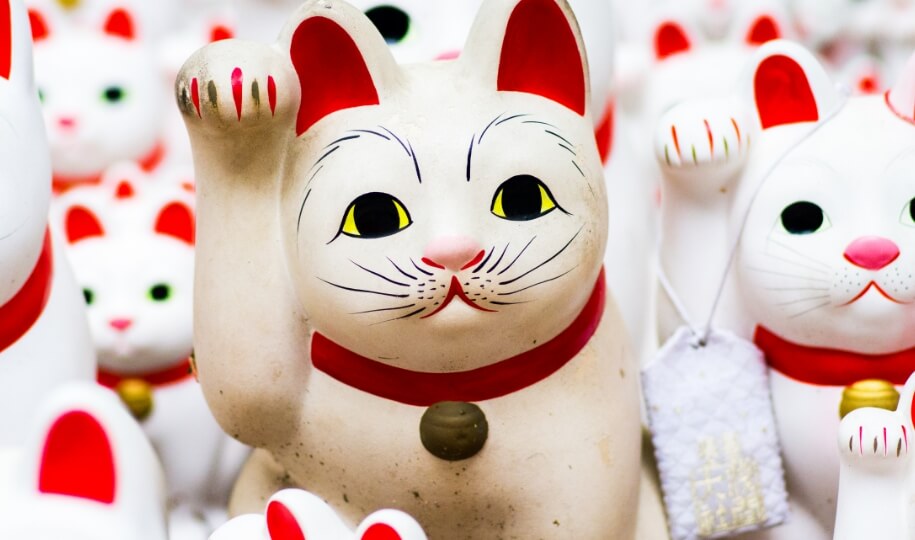
Japan’s Bullet Train
A triumph of high-speed rail and the envy of the world, Japan’s bullet trains connect Tokyo with most of the country’s major cities.
Renowned for their punctuality, with trains departing on time to the second, Japan’s bullet trains, or Shinkansen, are a marvel of precision engineering and have become synonymous with Japan’s passion for design, quality, and technology. Even when a train pulls into the station, every door will align perfectly with the platform markings that indicate the correct carriage numbers.
These super sleek needle-like trains travel at speeds of nearly 200 miles per hour. They have become such an intrinsic part of everyday life in Japan – carrying 420,000 passengers on a typical weekday – that it’s hard to believe that the bullet train network is already 50 years old.


Life on board Japan's Bullet Train
Running at speeds of up to 320kms an hour, the Shinkansen is known for its exceptional punctuality- departing on time to the second; comfort, carriages are relatively quiet with spacious forward-facing seats; safety, and efficiency.
dining
Local and Rapid trains usually boast only one travel class but almost all trains in the Shinkansen category offer two, sometimes three, travel classes to choose from. These include Ordinary Car, Green Car and Gran Class.
Japan's Bullet Train Image Gallery
Browse Japan’s bullet train’s fabulous image gallery below and discover more about life on board.












Japan's Bullet Train FAQs
Where does the Japan Bullet Train route begin and end?
There are nine Shinkansen lines that take you in different directions around Japan. The Tokaido line takes you from Tokyo, south to Osaka. The Sanyo line connects Osaka with Fukuoka, and fro there, the Kyushu lines runs through Kyushu from north to south. The other six lines either take you north or inland from Tokyo.
How long is the trip on the Bullet Train?
The travel time from Mount Fuji to Tokyo is a little over 2 hours.
How safe are Japanese bullet trains?
Despite these insane speeds, bullet trains are remarkably safe. In fact, the Shinkansen has had no accidents since its creation in 1964. That’s over 50 years accident-free. Punctuality and safety are only two of the train’s most advantageous features.
How many people can a Japanese bullet train carry?
The large body of Shinkansen cars, which are wider than those of other high-speed trains, offers comfortable, wide passenger seats while ensuring large passenger capacity; the standard 16-car train can carry more than 1,300 passengers.
Are bullet trains comfortable?
The shinkansen offers spacious seating with plenty of legroom. The seats always face forward and can be reclined. There are pockets in the seat-back in front of you and tray tables, similar to airplane seating.




